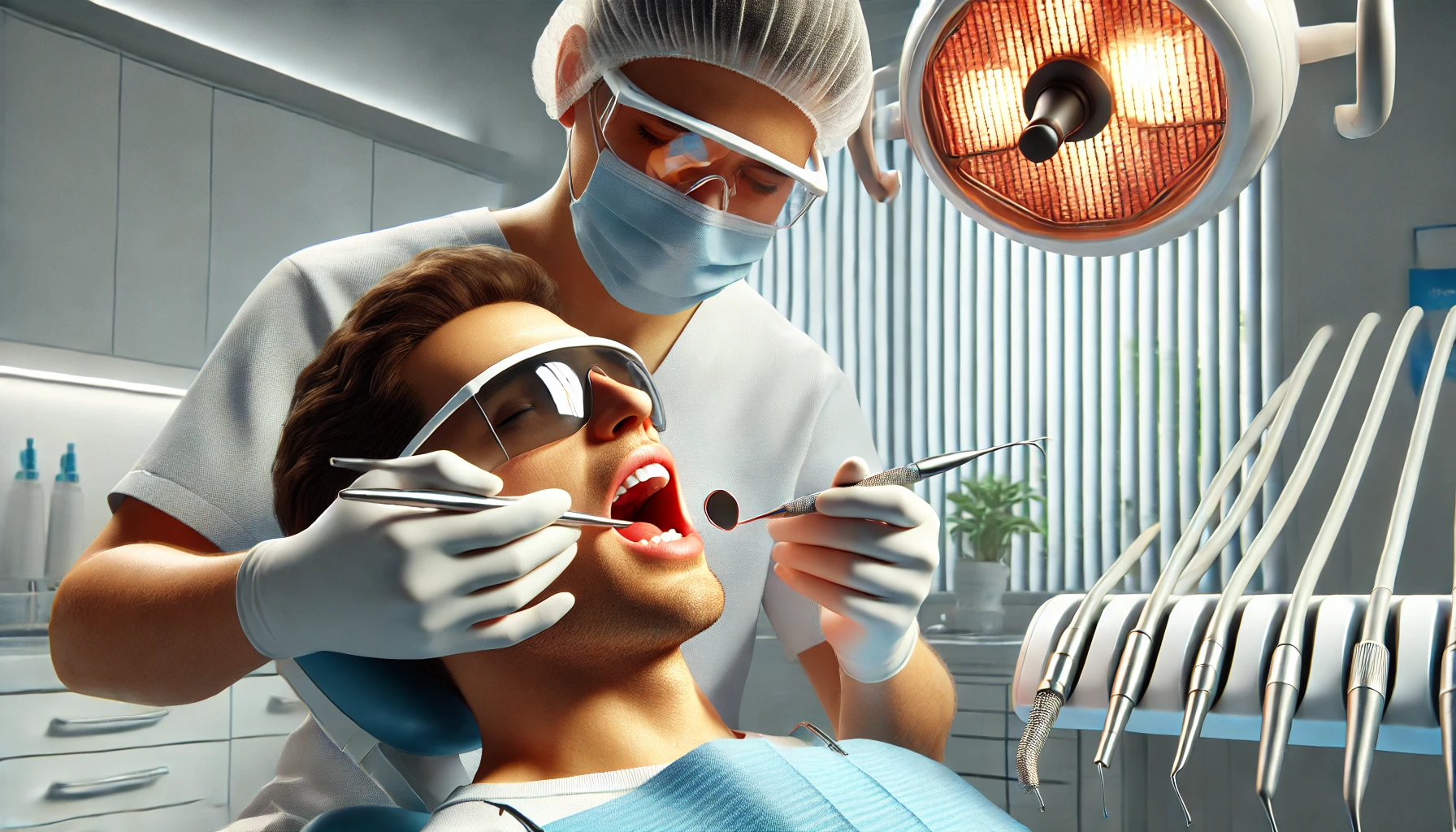Health Notice: This article was written using the Consensus AI Academic Search Engine. It is intended solely for informational purposes and should not be considered medical advice. Always consult a licensed healthcare provider for diagnosis, treatment, or medical guidance. Please refer to the full Disclaimer at the end of this article.
Understanding Mouth Larva
The term “mouth larva” refers to the developmental stage of certain aquatic organisms, particularly fish, where the larvae begin to develop their mouth structures. This stage is crucial for the transition from yolk sac feeding to external feeding, which is essential for their growth and survival.
Developmental Stages
In the study of Sentani gudgeon larvae, the development of the mouth opening is a key focus. The research observed that the early development of the larval mouth opening occurs 24 hours after hatching, with significant changes in the mouth’s size and structure over time. This development is critical as it marks the transition to external feeding, which is necessary for the larvae’s continued growth and survival1.
Importance of Feeding Patterns
The feeding patterns during the post-larval stage significantly impact the growth and survival of fish larvae. For instance, in the study of hard-lipped barb (Osteochilus hasselti C.V.) post-larvae, different feeding patterns were tested to determine their effects on larval development. The results indicated that feeding with 100% pellet powder led to the most advanced post-larval development, including the opening of the mouth and differentiation of fins3. This highlights the importance of appropriate feeding strategies during the mouth larva stage to ensure optimal growth and survival rates.
Implications for Aquaculture
Understanding the development of mouth larvae and the appropriate feeding strategies is crucial for aquaculture practices. Ensuring that larvae receive the right type and amount of feed can significantly enhance their growth rates and survival, which is vital for the sustainability and productivity of aquaculture operations. The research on Sentani gudgeon and hard-lipped barb larvae provides valuable insights into how different feeding regimes can affect larval development and survival1 3.
In summary, the mouth larva stage is a critical period in the development of fish larvae, where the transition to external feeding occurs. Proper understanding and management of this stage, particularly through appropriate feeding strategies, are essential for successful aquaculture practices.
Disclaimer
The content in this blog post was generated using Consensus, an AI-powered academic search engine, and is based on publicly available scientific literature. While we strive to provide accurate, up-to-date, and well-researched information, this content is intended for informational and educational purposes only.
It does not constitute medical advice, diagnosis, or treatment. Always consult a qualified healthcare professional before making decisions related to any medical condition, treatment, or medication.
The AI system’s analysis may not account for all perspectives, ongoing research, or individual circumstances, and should not replace professional expertise. Neither the blog publisher nor the developers of the Consensus AI tool are liable for any decisions or actions taken based on this content.
Use of this information is at your own risk. Where provided, citations link to original scientific studies for reference only—these should be reviewed independently and interpreted with the support of a qualified medical or research professional.
If you are experiencing a medical emergency, please seek immediate care from a healthcare provider or call emergency services.
